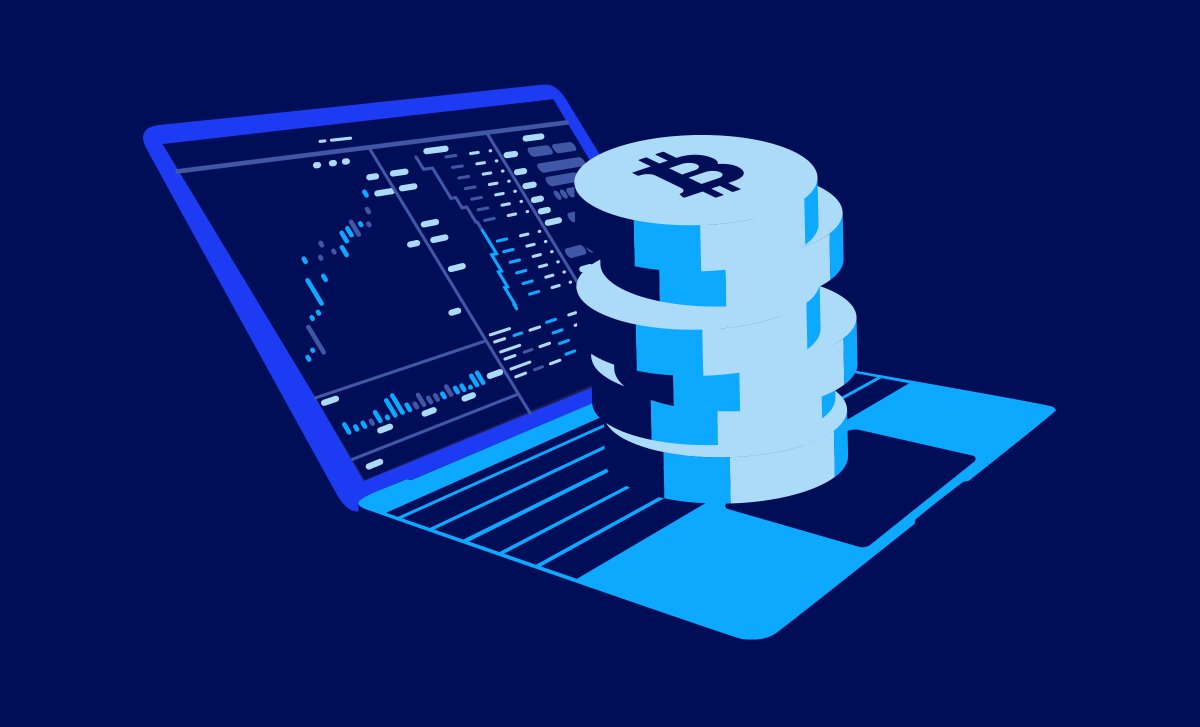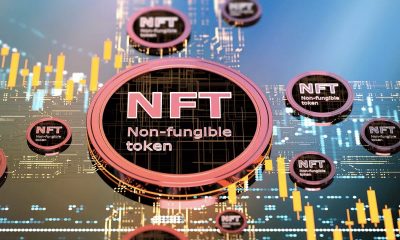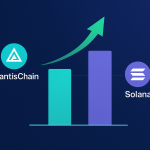Coin News
Essential Tips for Efficient Cryptocurrency Trading

Trading cryptocurrencies represents a mix of skills that are developed over time, as we’ve seen in our previous article. However, knowledge plays an important role as well in our learning curve and since the quality of the information available online lacks sometimes, we would like to talk about three of the most important tips that can improve your trading performance.
#1 Pricing in the future
One of the most important things beginners fail to understand is that the current market performance reflects future expectations. In other words, the market players are buying or selling based on what they expect to happen in the future. The consensus is always priced by the market and our job as traders is to bet against the consensus and be right.
You probably realize that’s not an easy task to do. It’s possible, however, and the first step towards managing to do that is understanding that your trading decisions must be based on how the market will perform in the future.
#2 What big market players think, not what you think
If you are reading this article, you are most likely a person that would like to have a better financial condition. You want to trade cryptocurrencies because you want to make more money and as a result, you don’t have enough capital to influence market valuations. Big institutions are the ones able to that and as a result, you must think outside of your mind and based on the market’s performance, understand how the big players are placing their trades.
The price itself tells a lot about what happens behind the charts and if you manage to learn some basic technical analysis, you’ll manage to find price areas where market players will accumulate in a particular direction (bullish or bearish).
#3 Understand the market rhythm
Unfortunately, the price does not move up or down in a straight line, because the supply and demand can’t change suddenly. The “market rhythm” represents the type of trend you are dealing with at any given time. A volatile trend is one where there is a dominant direction but the price retraces impulsively counter-trend before it resumes in the initial direction. Secondly, there is a low volatility trend, when the price moves impulsively in a dominant direction, with little corrections.
Your job as a trader is to understand what type of trend you’re dealing with and adjust your strategy accordingly. Treating both market types the same could result in losses or missed opportunities, so make sure you’ve managed to understand this principle.


























